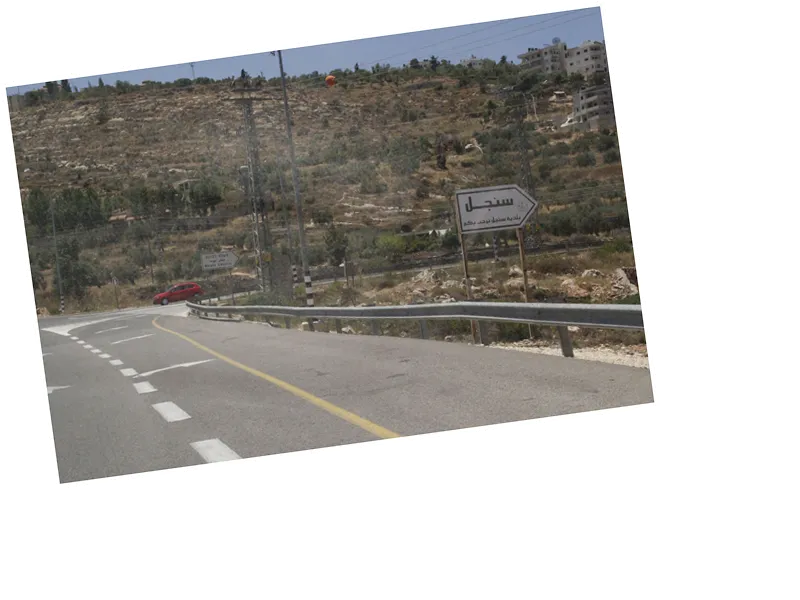The Historical Significance of Al-Ram
Al-Ram, a town steeped in history, is located just 7 kilometers north of Jerusalem. With roots tracing back to the Roman era, the town has witnessed various phases of Islamic rule and the British Mandate. Al-Ram is known for its high elevation of 792 meters, which is reflected in its name derived from the Aramaic word 'Al-Rama', meaning 'high'. The town's rich historical tapestry includes ancient ruins and landmarks that tell the story of its past.
Economic Challenges Post-Separation Wall
Once a thriving economic hub, Al-Ram has faced significant challenges following the construction of the Israeli separation wall. This barrier, erected in 2007, has severely restricted access to educational institutions and has contributed to a staggering unemployment rate exceeding 15%. The town, which was previously known for its agricultural production, including olives and nuts, has seen a decline in its economic viability. The separation wall encircles Al-Ram on three sides, isolating it from neighboring villages and limiting its growth and development potential.
Cultural and Social Resilience
Despite the economic hardships and geographical isolation, the residents of Al-Ram continue to uphold their cultural heritage. The town is home to six mosques, including the notable Muadh bin Jabal Mosque and Al-Ram Old Mosque, which serve as centers for community gathering and worship. The spirit of the people of Al-Ram remains resilient, as they strive to navigate the challenges posed by the separation wall and the ongoing territorial disputes, preserving their identity and heritage in the face of adversity.





